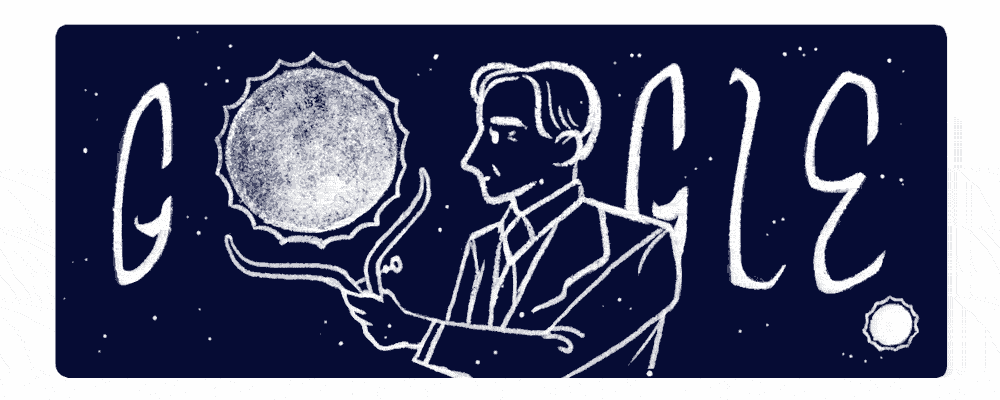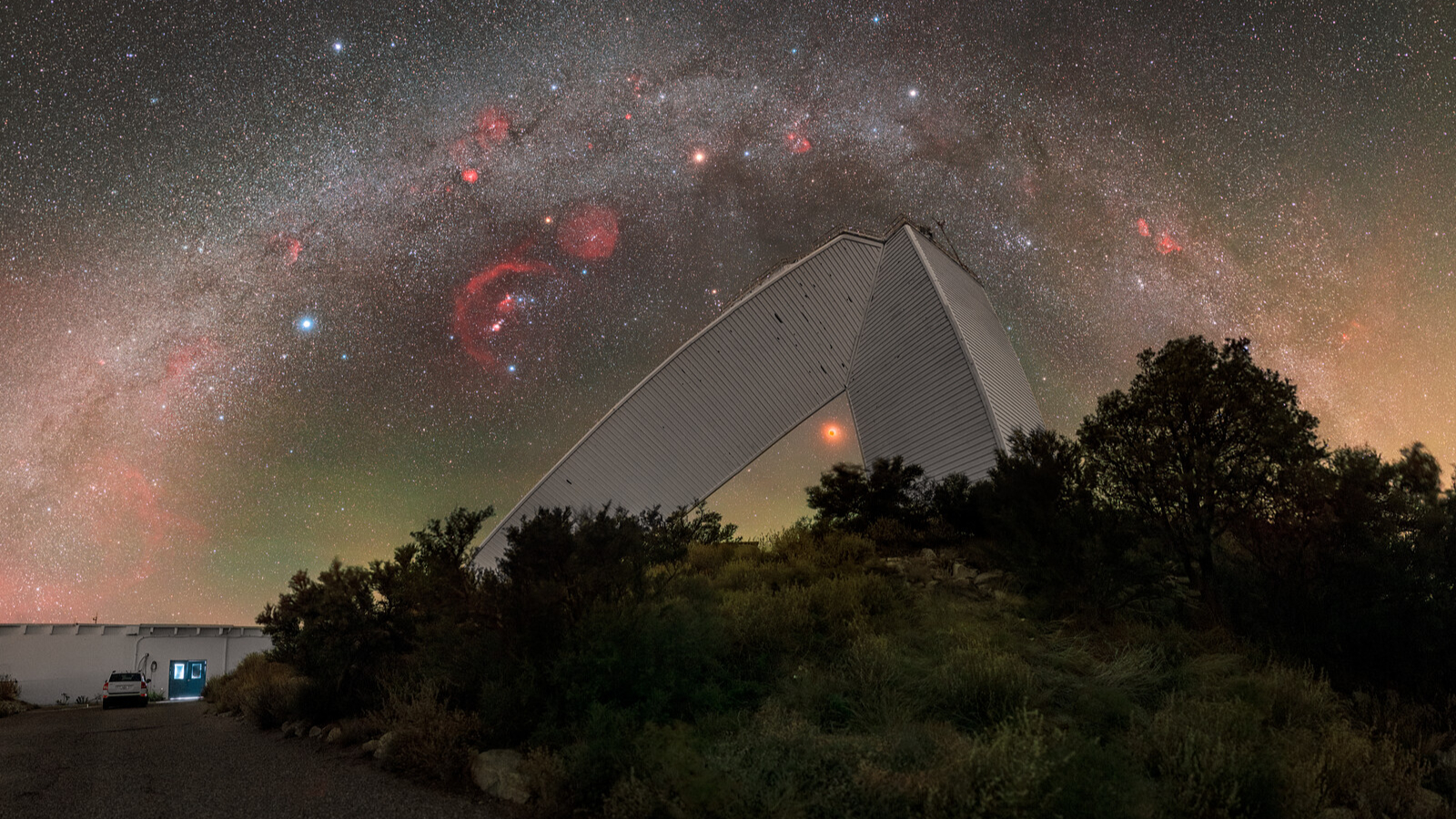Google Doodle Honors the Nobel-Winning Astrophysicist 'Chandra'

An astrophysicist who did revolutionary work on the life and death of stars is honored today (Oct. 19) on the front page of Google.
Subramanyan Chandrasekhar, an Indian-born astrophysicist who spent most of his professional career on the faculty of the University of Chicago, is the subject of an animated Google Doodle. Chandrasekhar did theoretical work on stellar evolution, and showed that what happens after the star dies is largely determined by its mass. Midsize stars like Earth's sun form white dwarfs, but very massive stars can form black holes. That work is hinted at in the Google Doodle, which shows a smiling star hopping up on and down on a weight scale before exploding.
"A child prodigy, Chandra published his first paper and developed his theory of star evolution before turning 20," according to a post on the Google Doodle website. "By age 34, he was elected to the Royal Society of London, and soon after, became a distinguished service professor of physics."
Chandrasekhar was awarded the Nobel Prize in physics in 1983 for his work examining the life and eventual demise of stars. In 1999, NASA launched the Chandra X-ray Observatory, named after Chandrasekhar. (He went by the nickname "Chandra," which means "moon" or "luminous" in Sanskrit.).
The Chandra telescope is a massive, sophisticated X-ray instrument that has made it possible for scientists to conduct detailed studies of the remnants of exploded stars (among other things).
Chandrasekhar, who died in 1995, would have been 107 years old today.
Follow Calla Cofield @callacofield. Follow us @Spacedotcom, Facebook and Google+. Original article on Space.com.
Get the Space.com Newsletter
Breaking space news, the latest updates on rocket launches, skywatching events and more!
Join our Space Forums to keep talking space on the latest missions, night sky and more! And if you have a news tip, correction or comment, let us know at: community@space.com.

Calla Cofield joined Space.com's crew in October 2014. She enjoys writing about black holes, exploding stars, ripples in space-time, science in comic books, and all the mysteries of the cosmos. Prior to joining Space.com Calla worked as a freelance writer, with her work appearing in APS News, Symmetry magazine, Scientific American, Nature News, Physics World, and others. From 2010 to 2014 she was a producer for The Physics Central Podcast. Previously, Calla worked at the American Museum of Natural History in New York City (hands down the best office building ever) and SLAC National Accelerator Laboratory in California. Calla studied physics at the University of Massachusetts, Amherst and is originally from Sandy, Utah. In 2018, Calla left Space.com to join NASA's Jet Propulsion Laboratory media team where she oversees astronomy, physics, exoplanets and the Cold Atom Lab mission. She has been underground at three of the largest particle accelerators in the world and would really like to know what the heck dark matter is. Contact Calla via: E-Mail – Twitter
